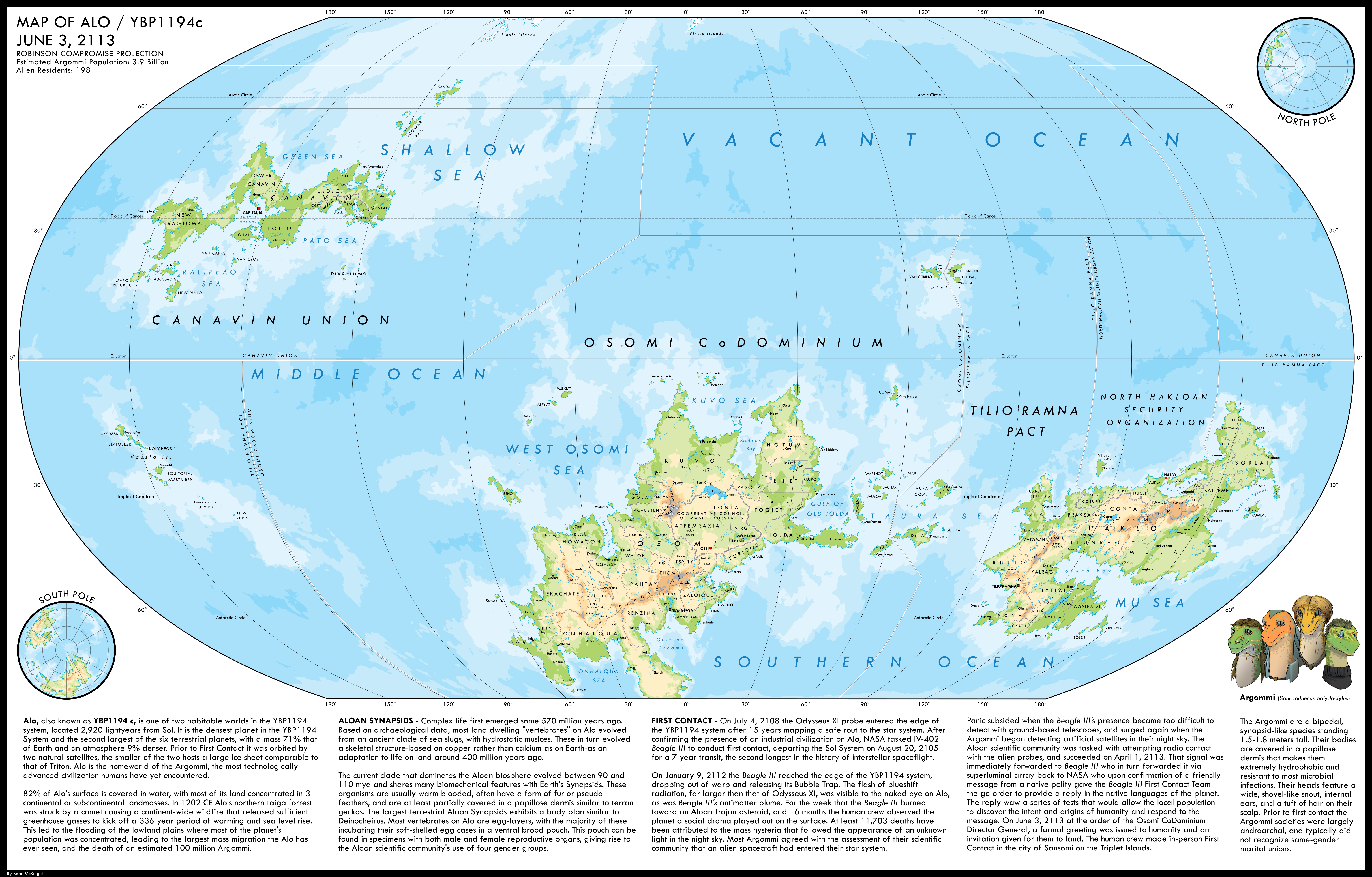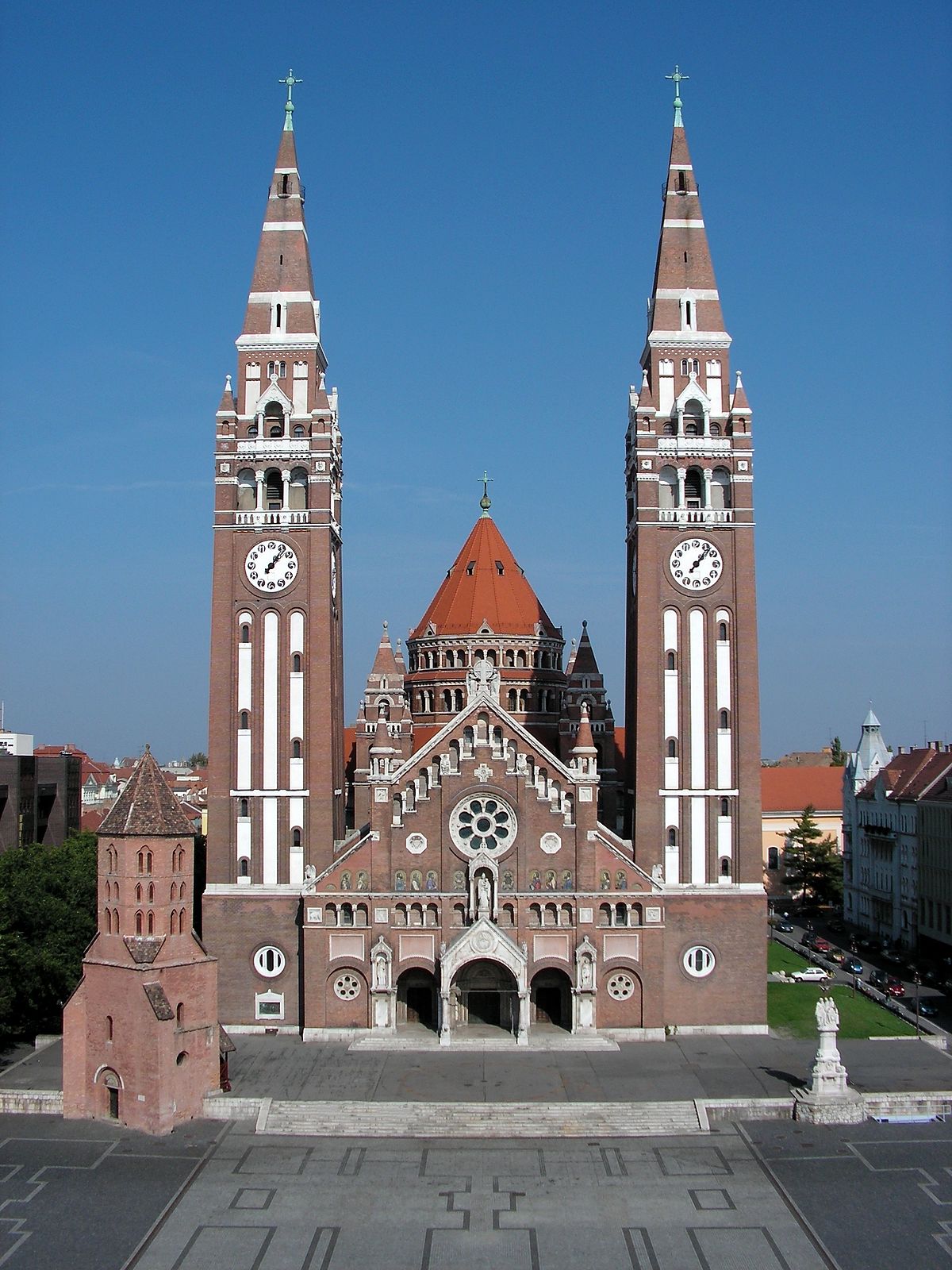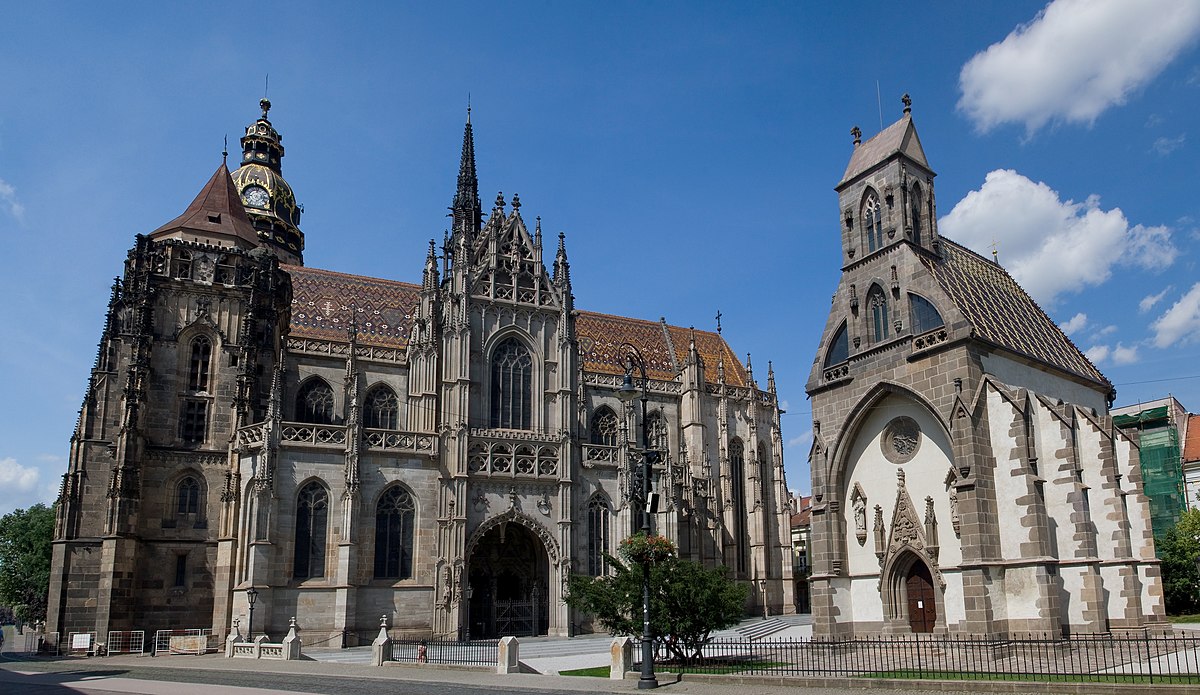Long live the new Map Thread, have fifteen different Virginias!
A1 – The Dominion of Virginia
Capital: Richmond
Government: Federal parliamentary constitutional monarchy in personal union with the United Kingdom of Great Britain and Ireland
The Dominion of Virginia occupies a peculiar position in Anglophone North America. For one, it is the second-largest of them in terms of area, only surpassed by the massive yet sparsely populated Rupertia (which Virginia barely borders in the north). Secondly, it is the second-most populated Anglophone state on the continent, only surpassed by its northeastern neighbor New Britain.
What really sets Virginia apart is its continued loyalty to the British crown in an era where republicanism is spreading on the North American continent. Besides the aforementioned Rupertia, it is the last remaining state still in union with the UK in the region. Alebamon, Canada, Carolina, the Haudenosaunee Confederacy, New Britain, and Tsalagihi-Cumberland have all cut their ties with their “mother country” over time, but the Old Dominion stays proud!
With its vast territories surrounding the southern portions of the Great Lakes and its rich mining history along the Allegheny mountains, Virginia has become a wealthy and diverse nation. However, while its populace remains loyal to the crown, dissatisfaction with the Westminster-style system of government has increased drastically, both in the indigenous provinces (which are only represented in the upper house, the Chamber of Provinces) and in the urban areas, where a greater diversity of parties leads to most constituencies in the Chamber of Deputies being elected with less than forty percent of the vote.
A small additition to this entry in particular. These are all the nations on the North American mainland (aka excluding the Caribbean) that used to be part of the British Empire. The Oceti Sakowin & Siksikaitsitapi were joint protectorates with the Spanish (and later the Republic of Louisiana). The Haudenosaunee Confederacy, due to not being a joint protectorate, was included in the list of countries that severed its ties to the UK despite never having the British monarch as its head. The same cannot be said for Alebamon and Tsalagihi-Cumberland. Alebamon was founded as a native-only state with the British monarch as its united head, while Tsalagihi-Cumberland was originally the Cumberland province within Carolina but has since gained independence thanks to its dominant Cherokee population.
You can also find some notes for New Britain in particular, along with its flag, here.
EDIT: Changed the borders for Oceti Sakowin and Siksikaitsitapi slightly and made the text more uniform.
Last edited:


